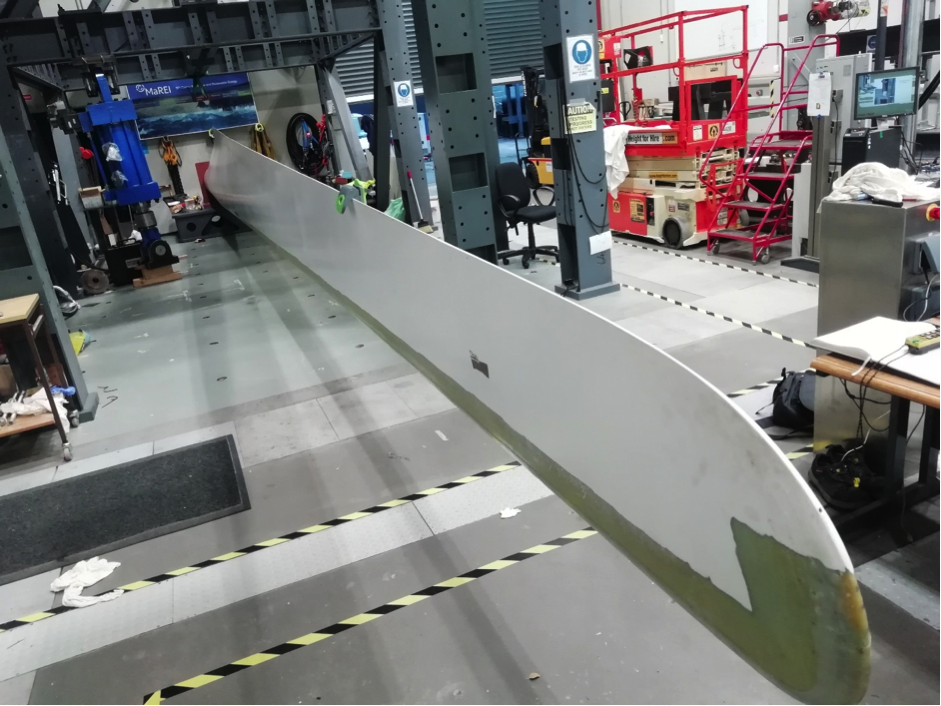-
Courses

Courses
Choosing a course is one of the most important decisions you'll ever make! View our courses and see what our students and lecturers have to say about the courses you are interested in at the links below.
-
University Life

University Life
Each year more than 4,000 choose University of Galway as their University of choice. Find out what life at University of Galway is all about here.
-
About University of Galway

About University of Galway
Since 1845, University of Galway has been sharing the highest quality teaching and research with Ireland and the world. Find out what makes our University so special – from our distinguished history to the latest news and campus developments.
-
Colleges & Schools

Colleges & Schools
University of Galway has earned international recognition as a research-led university with a commitment to top quality teaching across a range of key areas of expertise.
-
Research & Innovation

Research & Innovation
University of Galway’s vibrant research community take on some of the most pressing challenges of our times.
-
Business & Industry

Guiding Breakthrough Research at University of Galway
We explore and facilitate commercial opportunities for the research community at University of Galway, as well as facilitating industry partnership.
-
Alumni & Friends

Alumni & Friends
There are 128,000 University of Galway alumni worldwide. Stay connected to your alumni community! Join our social networks and update your details online.
-
Community Engagement

Community Engagement
At University of Galway, we believe that the best learning takes place when you apply what you learn in a real world context. That's why many of our courses include work placements or community projects.
BladeLEP
Testing and classification of high-performance materials to protect wind turbine blades from leading-edge erosion by droplet impingement (BladeLEP)
Funded by:
SEAI Research, Development & Demonstration Funding Programme 2019
Partners:
NUI Galway, University of Limerick
Description:
Leading edge erosion of wind turbine blades is a main issue for the wind energy sector leading to reduced energy output and increased maintenance costs. To this end, the proposed project aims to investigate rain erosion resistance of leading edge protection material systems and characterise their material properties. Currently, there are a number of protective materials available that reduce or eliminate leading edge erosion on rotor blades. However, limited data and information is available to wind farm operators to assist in their decisions on adopting such materials. Therefore, in order to bridge the gap, the research team will compile characterisation and performance data for the available leading edge protection materials and technologies, through mechanical and droplet impingement testing.
The droplet impingement test will be performed in the Whirling Arm Rain Erosion Rig (WARER) facility at University of Limerick (UL), which was developed in 2009. This world-class, validated experimental testing facility allows test specimens to be subjected to droplet impingement at velocities typical for wind turbine blades. As this test closely mimics the erosion mechanisms present during the operation of wind turbines, it will allow the research team to assess and rank the materials investigated. These results will provide wind farm operators with knowledge required when selecting leading edge protective materials and increase the design life of their turbines. This will, in turn, reduce maintenance costs, along with creating a more efficient and sustainable Irish wind energy sector.
Project Objectives:
The overarching aim of the research is to assess the currently available LEP materials in order to assist wind farm operators in their decision making on adopting such materials. However, in order to achieve this aim, the following objectives will need to be realised:
- To investigate droplet impingement erosion mechanisms relevant to composite wind turbine blades
- To classify existing relevant protective materials and methods of protection
- To characterise the most promising materials that, are likely to provide cost effective protection, in terms of factors such as resistance to droplet impingement erosion, application method, adhesion, cost
- To perform droplet impingement testing on sample specimens of these materials
- To evaluate and interpret the results, including erosion rates and a final ranking of the materials based on their viability for adoption.
















